Blog Posts Tagged Video
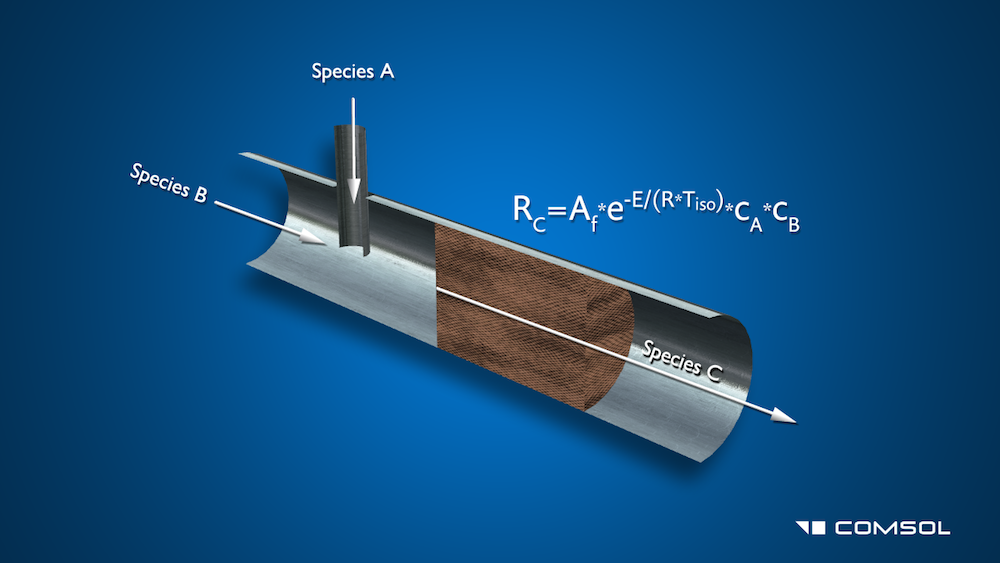
Modeling Reacting Flow in Porous Media
This blog post and embedded tutorial video demonstrate what inputs are required and what results you can obtain when modeling a porous reactor in COMSOL Multiphysics®.

Video Tutorial: Introduction to Modeling Structural Mechanics
Learn the fundamentals of simulating structural mechanics problems in the COMSOL® software: Get a quick overview in this blog post, with an embedded video tutorial included.
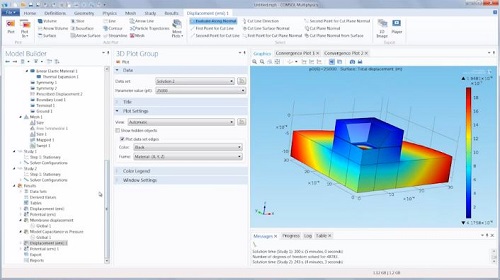
Video Tutorial: Capacitive Pressure Sensor
Looking for a visual explanation of how to model a miniaturized 3D electromechanics problem? Read this blog post for a quick overview and an embedded tutorial video.
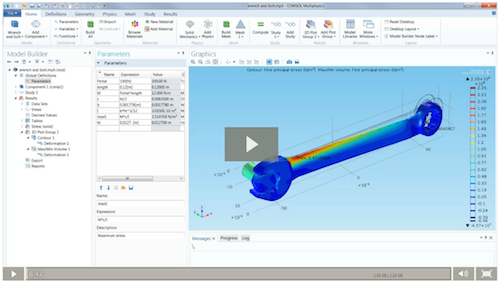
How to Model Stresses and Strains in COMSOL Multiphysics
Want to learn how to model stresses and strains in COMSOL Multiphysics®? This blog post contains an embedded video that will demonstrate the process in under 5 minutes!

Video: Mechanical Analysis Accelerates Time-to-Market
“The more precise and explicit your simulations of mechanical parts and assemblies are, the less chance for product failure and delayed manufacturing runs.” Learn more in this blog post & video.

Using MATLAB® Functions in Your COMSOL Multiphysics® Models
Did you know that you can use MATLAB® functions in your COMSOL Multiphysics® models? Get a demonstration in a tutorial video (transcript included) here >>
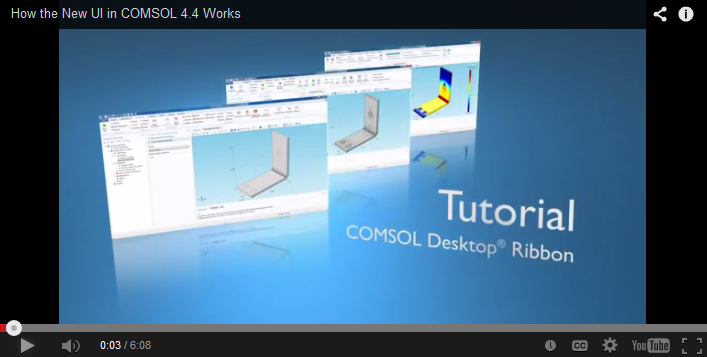
Video Tutorial: Introducing the New User Interface in COMSOL 4.4
Each COMSOL release aims to create a better modeling experience for our users, usually in the form of new add-on modules and new functionality in existing products. COMSOL 4.4 brings you all that, but it also includes another significant change: a brand new user interface (UI). The new UI contains a ribbon at the top of the interface (for our Windows® users) to make your modeling easier and faster. The ribbon gives you direct access to the functions you would […]
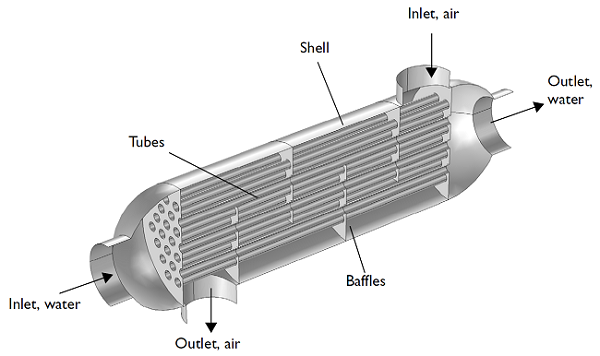
How to Model a Shell and Tube Heat Exchanger
Shell and tube heat exchangers are one of the most widely used type of heat exchanger in the processing industries (65% of the market according to H. S. Lee’s book, Thermal Design) and are commonly found in oil refineries, nuclear power plants, and other large-scale chemical processes. Additionally, they can be found in many engines and are used to cool hydraulic fluid and oil. There are a variety of different configurations for these heat exchangers, but their basic concept can […]
